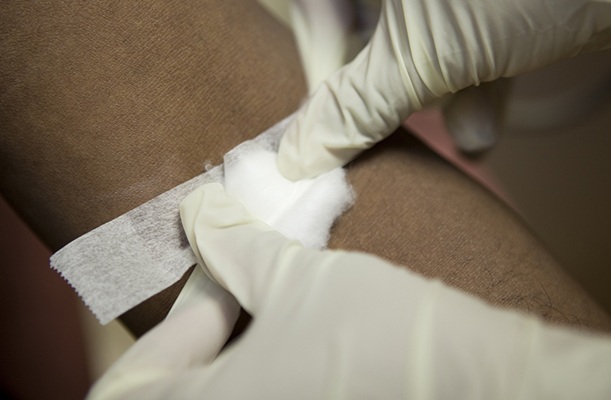Two Rapid Tests for Diagnosis of the Novel Chinese Coronavirus
By LabMedica International staff writers
Posted on 13 Feb 2020
Two new rapid diagnostic tests are set to enable clinicians to detect individuals infected with the potentially pandemic “Chinese” coronavirus.Posted on 13 Feb 2020
A novel coronavirus of zoonotic origin (2019-nCoV) has recently been identified in patients with acute respiratory disease. This virus is genetically similar to SARS coronavirus and bat SARS-like coronaviruses. The outbreak was initially detected in Wuhan, a major city of China, but has subsequently been detected in other provinces of China as well as in several other countries.
![Image: This illustration reveals ultrastructural morphology exhibited by coronaviruses. Note the spikes that adorn the outer surface of the virus, which impart the look of a corona surrounding the virion, when viewed electron microscopically. A novel coronavirus virus was identified as the cause of an outbreak of respiratory illness first detected in Wuhan, China in 2019 (Photo courtesy of [U.S.] Centers for Disease Control and Prevention (CDC) Image: This illustration reveals ultrastructural morphology exhibited by coronaviruses. Note the spikes that adorn the outer surface of the virus, which impart the look of a corona surrounding the virion, when viewed electron microscopically. A novel coronavirus virus was identified as the cause of an outbreak of respiratory illness first detected in Wuhan, China in 2019 (Photo courtesy of [U.S.] Centers for Disease Control and Prevention (CDC)](https://globetechcdn.com/mobile_labmedica/images/stories/articles/article_images/2020-02-13/GMS-021B.jpg)
Image: This illustration reveals ultrastructural morphology exhibited by coronaviruses. Note the spikes that adorn the outer surface of the virus, which impart the look of a corona surrounding the virion, when viewed electron microscopically. A novel coronavirus virus was identified as the cause of an outbreak of respiratory illness first detected in Wuhan, China in 2019 (Photo courtesy of [U.S.] Centers for Disease Control and Prevention (CDC)
Signs of infection are highly non-specific and these include respiratory symptoms, fever, cough, dyspnea, and viral pneumonia. Currently, experts estimate that only 5.1% of coronavirus cases in Wuhan have actually been diagnosed clinically. Therefore, diagnostic tests specific for this infection are urgently needed for confirming suspected cases, screening patients, and conducting virus surveillance.
In this regard, investigators at the University of Hong Kong (China) developed two rapid tests for detection of coronavirus. The two one-step quantitative real-time reverse-transcription PCR (RT-PCR) assays detect two different regions (ORF1b and N) of the viral genome. The primer and probe sets were designed to react with this novel coronavirus and closely related viruses, such as SARS coronavirus. These assays, which require only about an hour and a quarter to perform, were evaluated using a panel of positive and negative controls. In addition, respiratory specimens from two 2019-nCoV-infected patients were tested.
Using RNA extracted from cells infected by SARS coronavirus as a positive control, these assays were shown to have a dynamic range of at least seven orders of magnitude.. Using DNA plasmids as positive standards, the detection limits of the assays were found to be below 10 copies per reaction. All negative control samples were negative in the assays. Samples from two 2019-nCoV-infected patients were positive in the tests. The negative results for samples containing genetic material from other respiratory viruses demonstrated that the tests accurately differentiated coronavirus infection from other causes of pneumonia.
“Signs of [coronavirus] infection are highly non-specific and these include respiratory symptoms, fever, cough, [shortness of breath], and viral pneumonia,” said senior author Dr. Leo L.M. Poon, professor of public health at the University of Hong Kong. “Thus, diagnostic tests specific for this infection are urgently needed for confirming suspected cases, screening patients, and conducting virus surveillance. The established assays [in this study] can achieve a rapid detection of 2019-novel-coronavirus in human samples, thereby allowing early identification of patients.”
The new assays were described in the January 31, 2020, online edition of the journal Clinical Chemistry.
Related Links:
University of Hong Kong




 assay.jpg)




 Analyzer.jpg)




